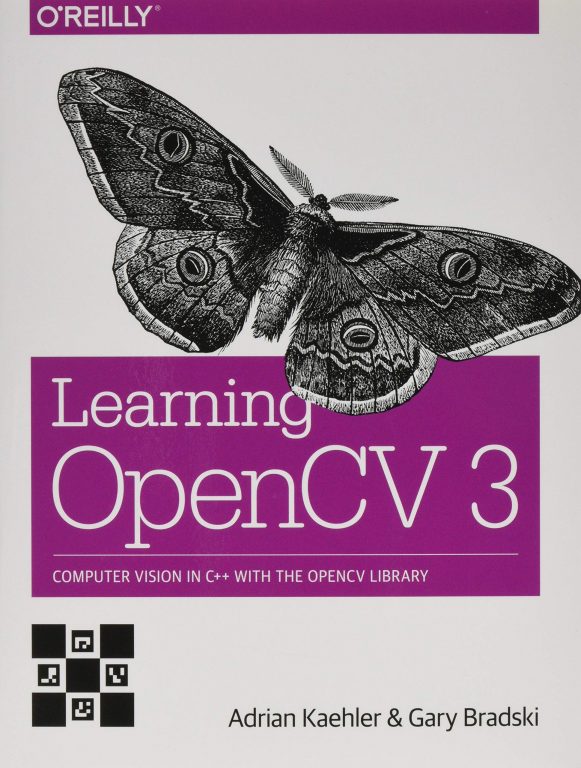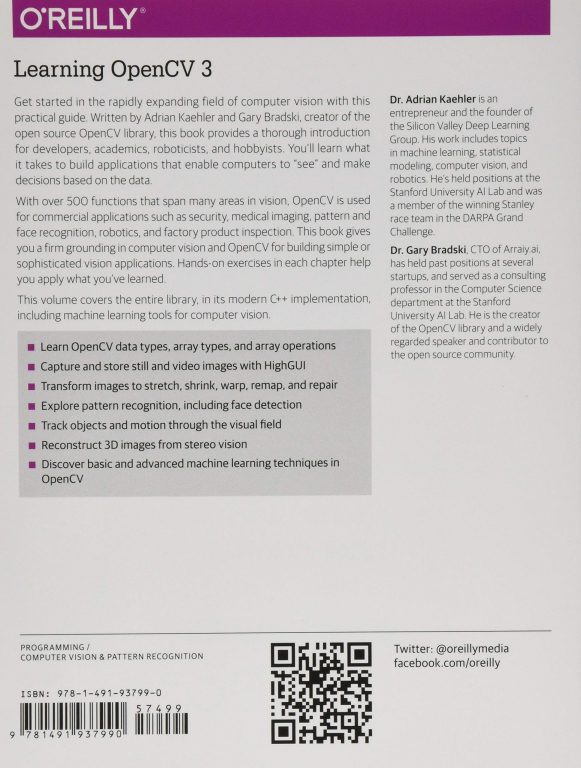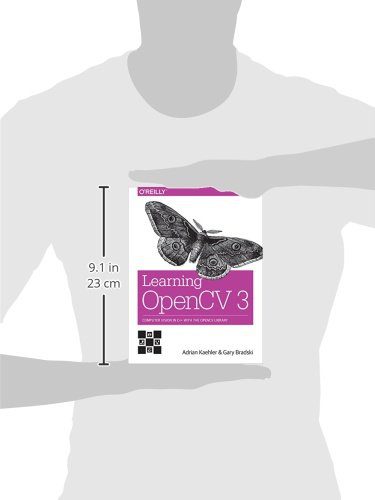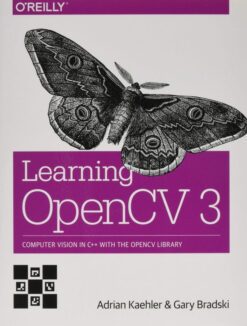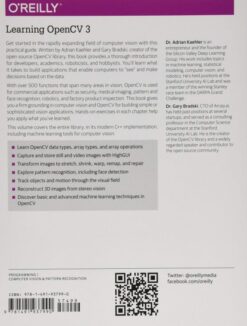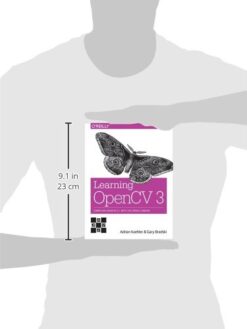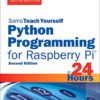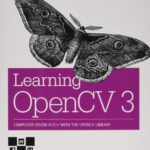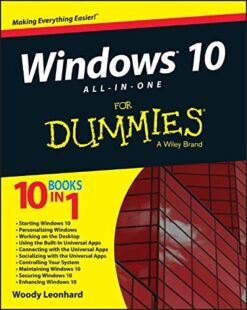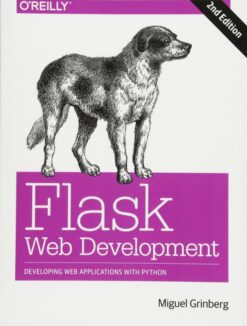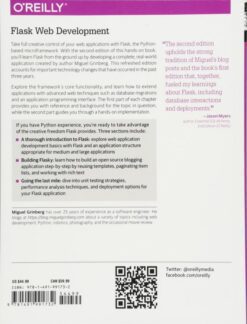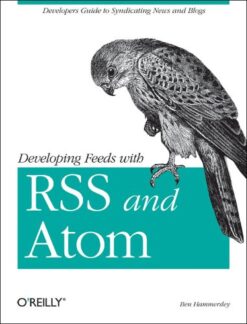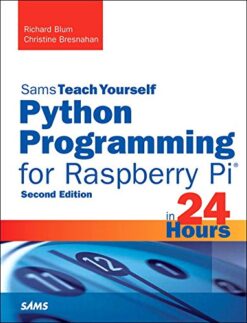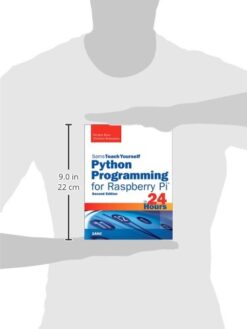Learning Open CV Computer Vision Library
£31.97 Original price was: £31.97.£1.45Current price is: £1.45.
Product details
Digital PDF Book: 575 pages
Publisher: O’Reilly Media; 1 edition (25 Mar. 2016)
Language: English
Product Dimensions: 17.8 x 6.4 x 24.1 cm
Average Customer Review:
5 out of 5 stars ⭐⭐⭐⭐⭐ 122 customer reviews
Learning Open CV 3.0 puts you in the middle of the expanding field of computer vision. Written by the creators of the free open source Open CV library, this book introduces you to computer vision and demonstrates how you can quickly build applications that enable computers to “see” and make decisions based on that data. It’s thoroughly updated to cover new features and changes in Open CV 3.0.
Computer vision is everywhere—in security systems, manufacturing inspection systems, medical image analysis, Unmanned Aerial Vehicles, and more. It stitches Google maps and Google Earth together, checks the pixels on LCD screens, and makes sure the stitches in your shirt are sewn properly. Open CV provides an easy-to-use computer vision framework and a comprehensive library with more than 500 functions that can run vision code in real time.
Product description
Book Description
Software That Sees
About the Author
Dr. Adrian Kaehler is a senior scientist at Applied Minds Corporation. His current research includes topics in machine learning, statistical modelling, computer vision and robotics. Adrian received his Ph.D. in Theoretical Physics from Columbia university in 1998. Adrian has since held positions at Intel Corporation and the Stanford University AI Lab, and was a member of the winning Stanley race team in the DARPA Grand Challenge. He has a variety of published papers and patents in physics, electrical engineering, computer science, and robotics.
Dr. Gary Rost Bradski is a consulting professor in the CS department at Stanford University AI Lab where he mentors robotics, machine learning and computer vision research. He is also Senior Scientist at Willow Garage http://www.willowgarage.com, a recently founded robotics research institute/incubator. He has a BS degree in EECS from U.C. Berkeley and a PhD from Boston University. He has 20 years of industrial experience applying machine learning and computer vision spanning option trading operations at First Union National Bank, to computer vision at Intel Research to machine learning in Intel Manufacturing and several startup companies in between. Gary started the Open Source Computer Vision Library (OpenCV http://sourceforge.net/projects/opencvlibrary/ ), the statistical Machine Learning Library (MLL comes with OpenCV), and the Probabilistic Network Library (PNL). OpenCV is used around the world in research, government and commercially. The vision libraries helped develop a notable part of the commercial Intel performance primitives library (IPP http://tinyurl.com/36ua5s). Gary also organised the vision team for Stanley, the Stanford robot that won the DARPA Grand Challenge autonomous race across the desert for a $2M team prize and helped found the Stanford AI Robotics project at Stanford http://www.cs.stanford.edu/group/stair/ working with Professor Andrew Ng. Gary has over 50 publications and 13 issued patents with 18 pending. He lives in Palo Alto with his wife and 3 daughters and bikes road or mountains as much as he can.
Related products
Computing & Information Technology
Marketing Books
Computing & Information Technology
Computing & Information Technology
Web Development
Computing & Information Technology
Computing & Information Technology
Computing & Information Technology



